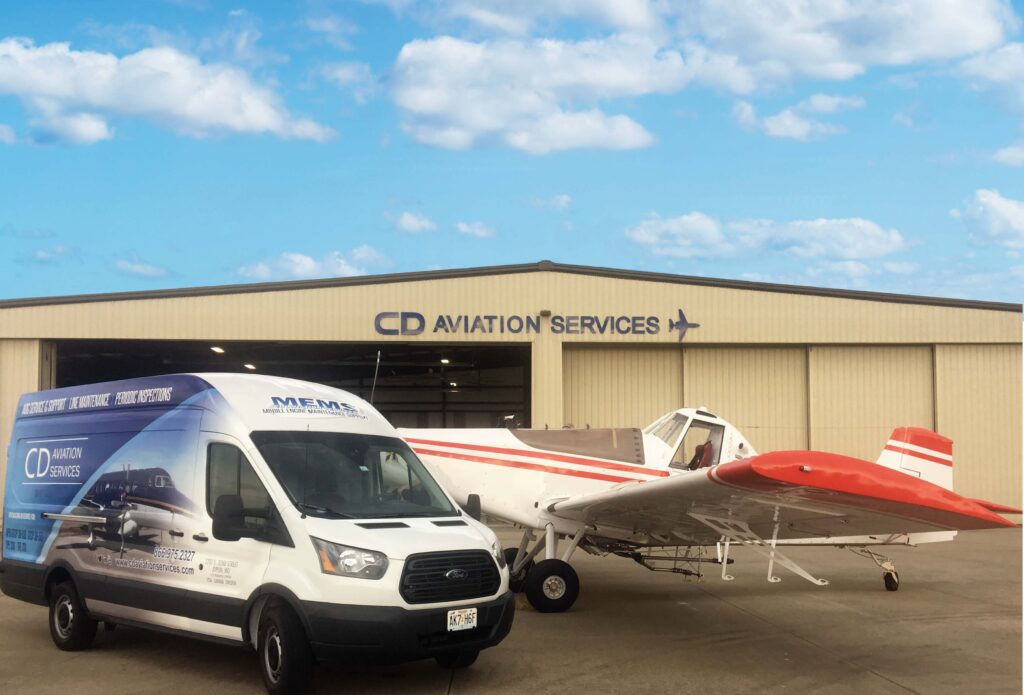TPE331 ADVISOR
This newsletter is published to assist operators with the latest information on Airworthiness Directives, Alert Service Bulletins and technical tips.
Specializing in small turbine maintenance since 1991!
SIL P331-150 Lubricity Fuel Additives
Applicable to all TPE331 engines equipped with Woodward Fuel Control System
Originally released in 1994 and last revised in 2007 SIL P331-150 addresses low fuel
lubricity in relation to premature wear of the drive splines in the woodward fuel system specifically between the fuel pump and fuel control unit. The SIL calls out several additives that can be used to adjust fuel lubricity and refers operator who suspect low fuel lubricity to send a sample to the Southwest Research Institute to have the fuel tested.
CAUTION: Before adding any additive to the fuel, care should taken to determine if an anti-oxidant or lubricity additive has already been added by the fuel
supplier or as part of the specification of the fuel. Excessive amounts of these
additives could lead to increased amounts of carbon or coke formation and
could lead to accelerated clogging of fuel nozzles which can cause increased
hot section distress.
JET A IS CHANGING
Guest Writer: Barry Martin,
Owner of Tennessee Aircraft Company
In October 2016, the change to Ultra Low Sulfur Jet (15 PPM) was announced with a current target date of July 2021. It is reported that current deliveries are running approximately 400 PPM, but there actually is not a minimum requirement for the sulfur content. Please note that prior to this change, the test for Lubricity, D5001, did not exist. Because polar and organic aromatic compounds are destroyed under the necessarily intense operating conditions during desulfurization, a significant reduction in fuel lubricity results. The differences in fuel system component design and materials result in varying degrees of equipment sensitivity to fuel lubricity, which may result in the need for lubricity improvement additives. Because these additives can have adverse effects on fuel filtration systems and on fuel water separation characteristics, the treat rates should be set with care. In ASTM D1655-16A, it states that lubricity improvement additives, “vary in efficiency and may be depleted by absorption on tank and pipe surfaces, so treat rate should be set with care. Because of their polar nature, these additives can have adverse effects on fuel filtration systems and on fuel water separation characteristics. For this reason, it is preferable to avoid adding more of these additives than needed because they may come out of suspension.”

Above photo: A plugged screen. In which it is suspected that additives came out of suspension from the fuel causing waxing and
subsequent plugging of the screen.

Did you Know?
1. JET A had a sulfur content of 800 PPM in the 50’s and 60’s and now averages 400 PPM.
2. Sulfur content and fuel lubricity mirror each other. The higher the sulfur the higher the lubricity.
3. The levels of sulfur and lubricity have a lot to do with where the crude oil comes from. Sweet crude oil contains less than .5% sulfur and is produced in places like West Texas, Alaska and the Gulf. Sour crude contains more than .5% sulfur and comes from places like the Middle East, North Africa and South America
4. Jet A is held to a set standard so that it is reliable, clean and safe to use.
5. Other fuels such as Gasoline, Kerosene K1 or Diesel change and are not held to the same standards as fuel used in aviation. The Standards for Aviation Fuel are ASTM D1655.
6. If you wish to have a fuel sample tested for lubricity in the US you can send it to the Southwest Research Institute in San Antonio, TX
7. Diesel and other types of automotive and heating fuels have already moved to ultra low sulfur. (15 PPM or less)
Here is a TIP!
1. Only use Jet A, Jet A1 or an OEM approved jet fuel in your turbine engine.
2. Proper storage of Jet Fuel is critical since some additives in jet fuel can separate under certain storage conditions.
3. Check with your fuel supplier in regards to fuel lubricity, and if additives and
what type of additives are in the fuel already.
4. Use an Aviation Fuel storage and handling system made for Jet Fuel. Storage
systems should have a sump and filtration system to help control contamination.
5. Some chemicals in jet fuel can cause automotive filters to break down and contaminate the fuel.
6. Algaecides and biocides can be premixed in fuel to prevent growth in your storage tank. Be sure to consult your fuel supplier in regards to what additives are already in the fuel.
7. DO NOT MIX DIFFERENT TYPES OF FUEL. Different fuels have different additives and some of them can have adverse reactions to each other.
Services offered for your TPE331
- Scheduled and Unscheduled Maintenance
- Engine Removal and Reinstallation
- LRU Trouble Shooting and Replacement
- Field Service
- Engine Evaluation
- Log Book Reviews
- Engine Overhaul
- CAM Inspections
- Hot Section Inspections
- Gearbox and Compressor Inspection
- Repair Vibration Analysis Prop Balance
- Borescope Inspections
- 24-Hour AOG and Technical Support
We would like to thank: Tennessee Aircraft Company, Exxon, Shell, Colonial Pipeline Company, Honeywell, Pratt & Whitney, The Boeing Company, and the Southwest Research Institute. As Always Please Consult your OEM operator or Maintenance Manual for the proper care and operation of your Turbine Powered Aircraft.


